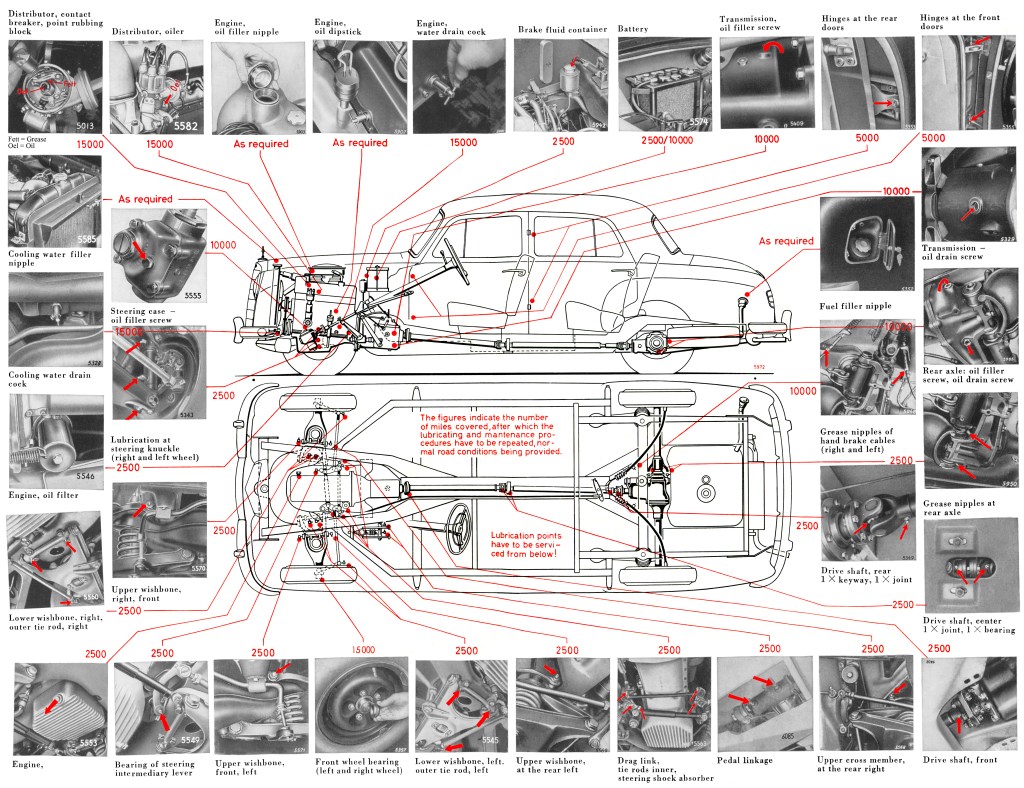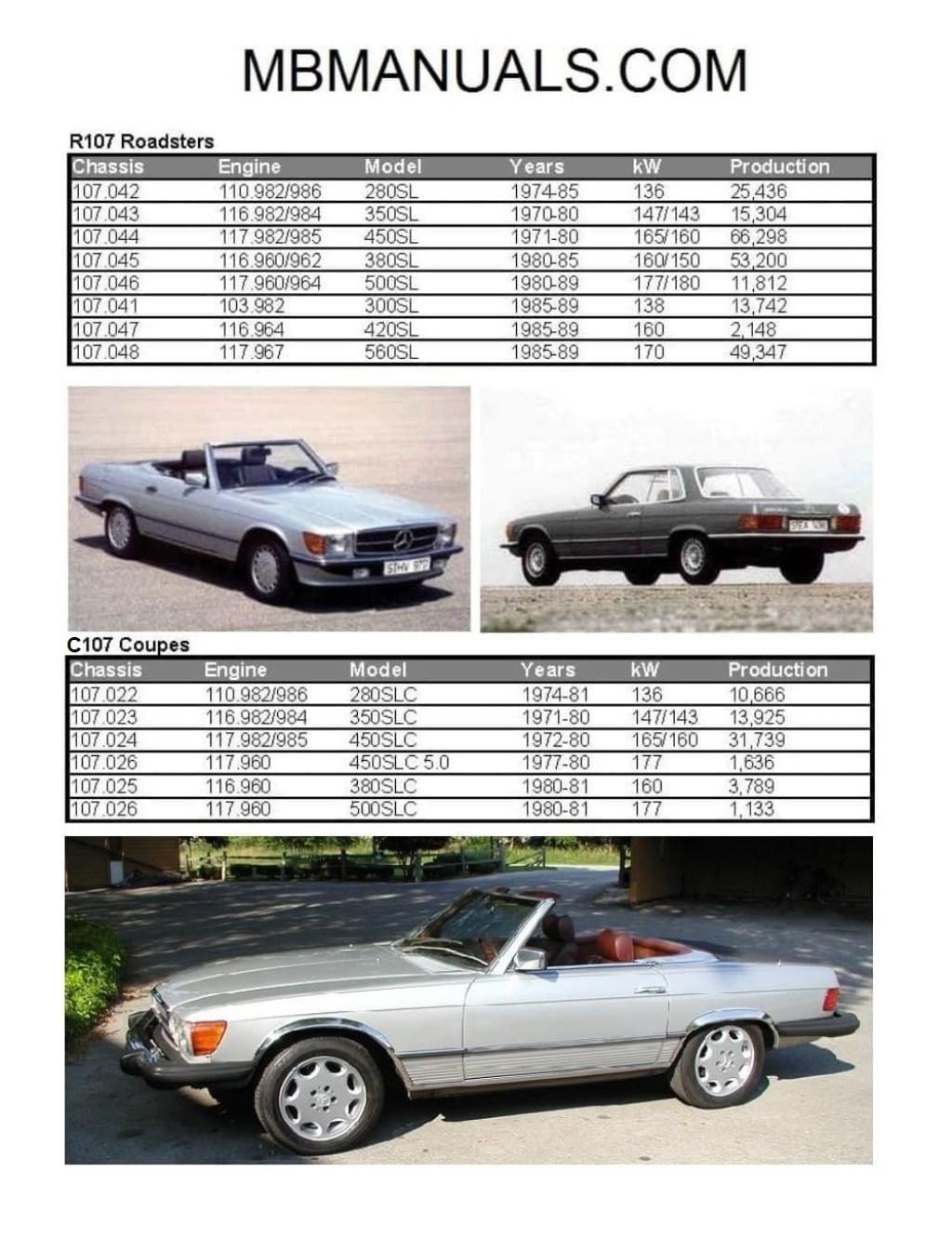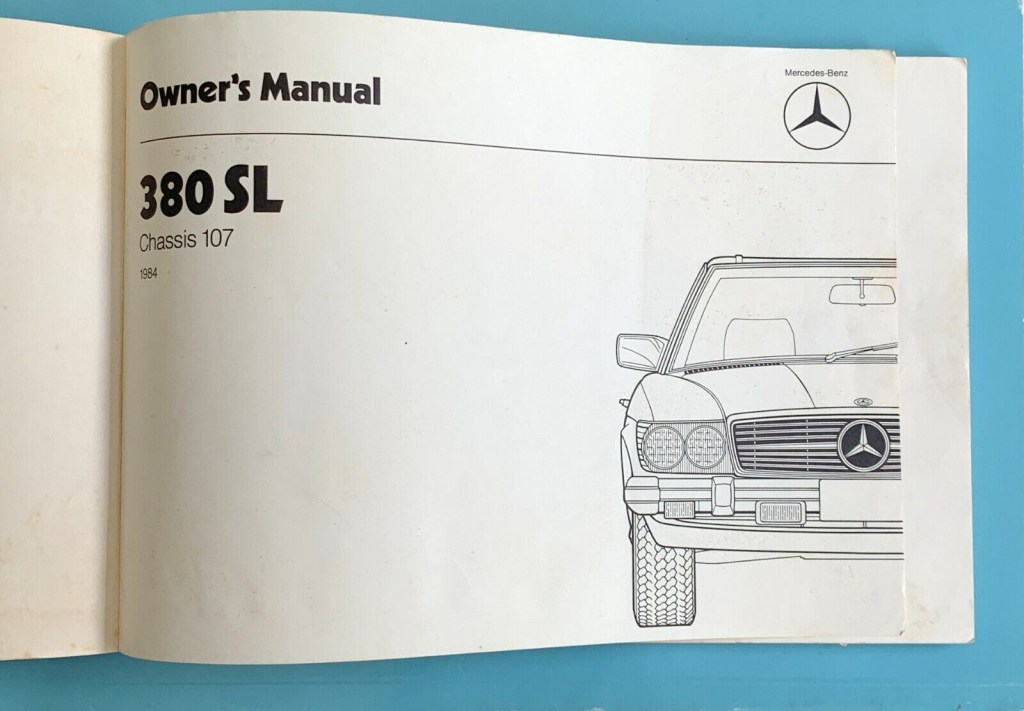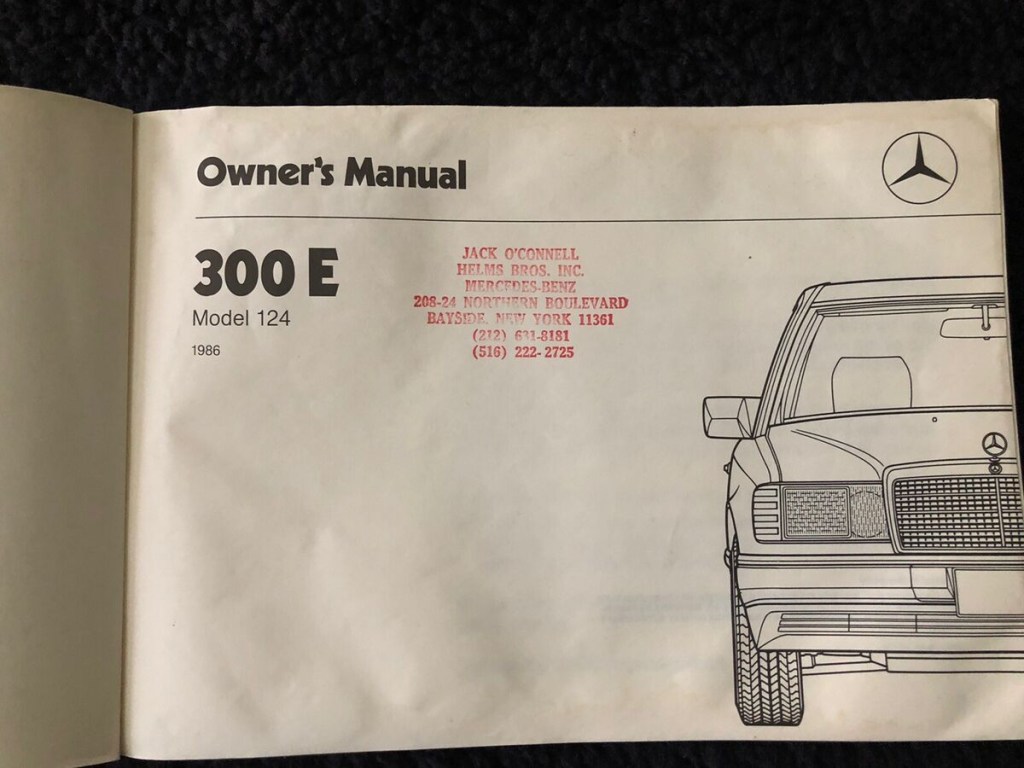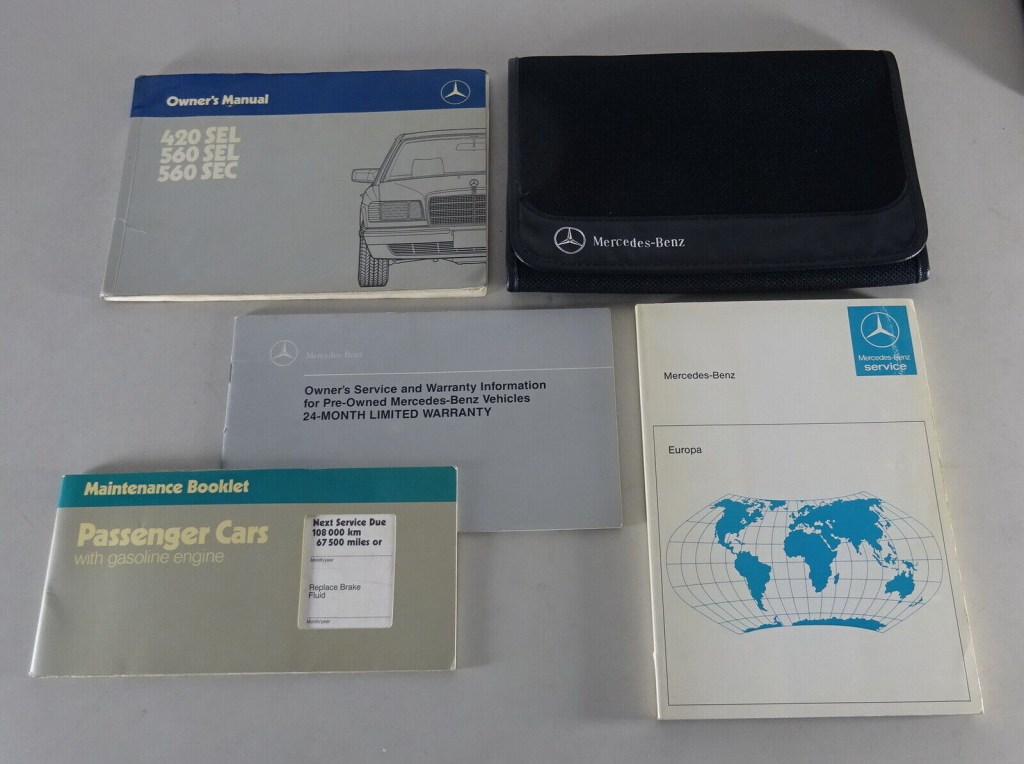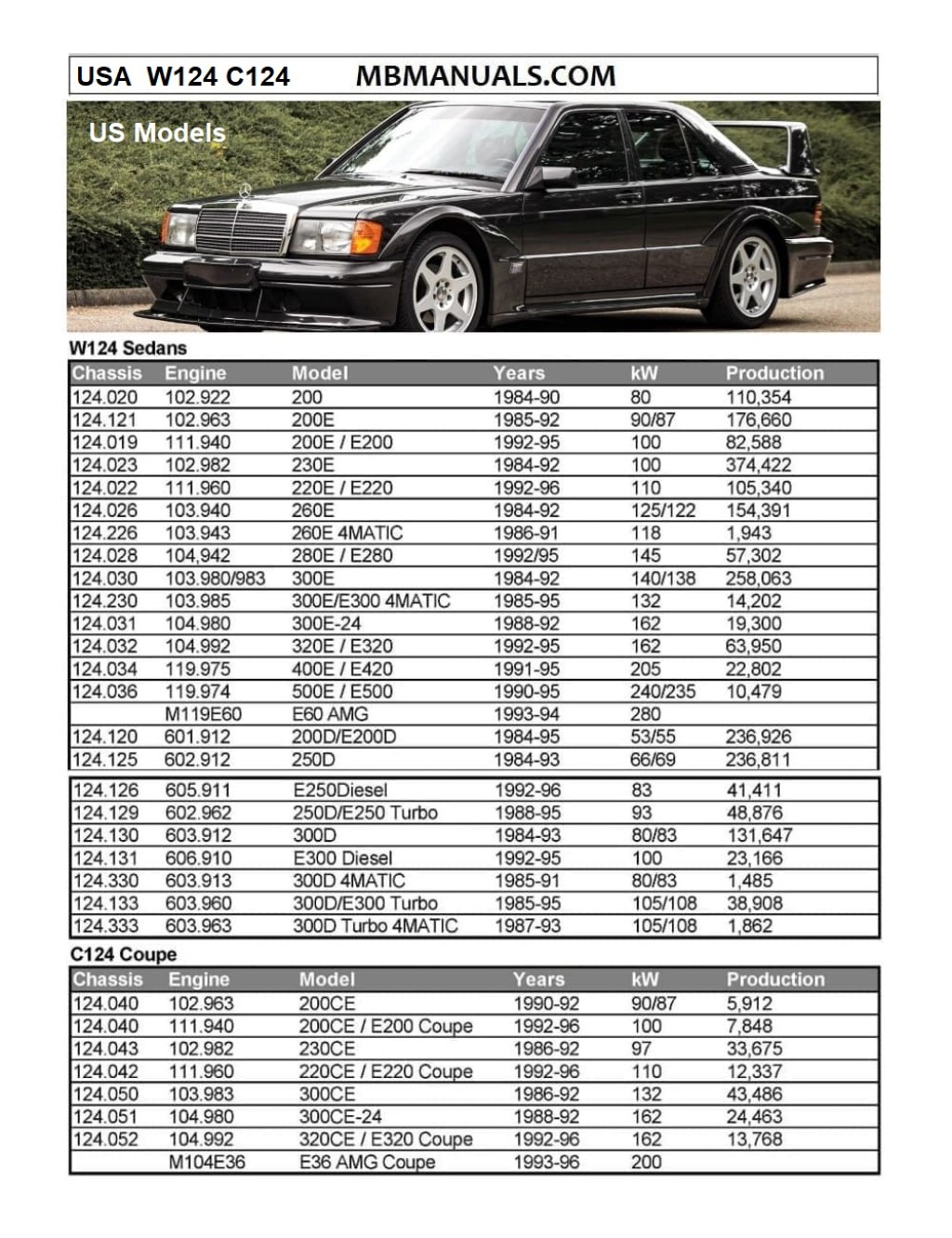Discovering The Truth About
Apr
4th
Embarking on the Ultimate Adventure: Navigating Unforgettable Fishing Excursions in Alaska If you're an enthusiastic angler yearning for the excitement of landing the catch of a lifetime, search no more than the pristine waters of Alaska, a sanctuary for fishing devotees. Alaska features an extensive range of fishing opportunities, appealing to both experienced anglers and beginners alike. Whether you're pursuing…

